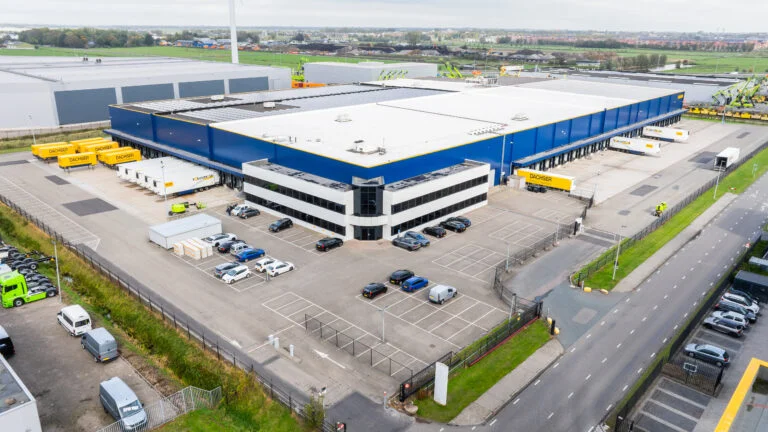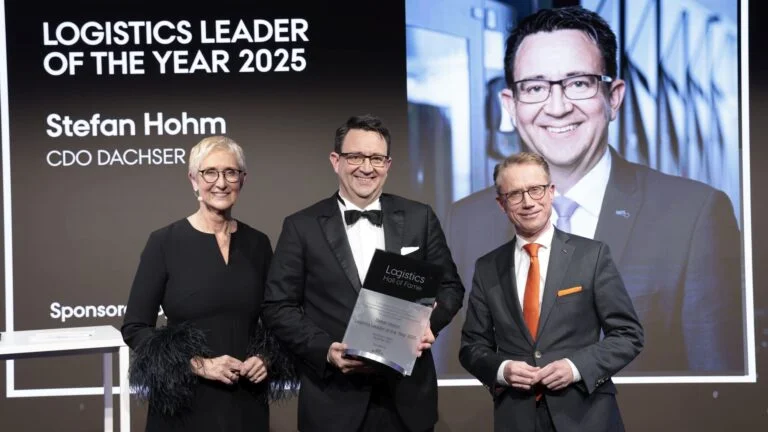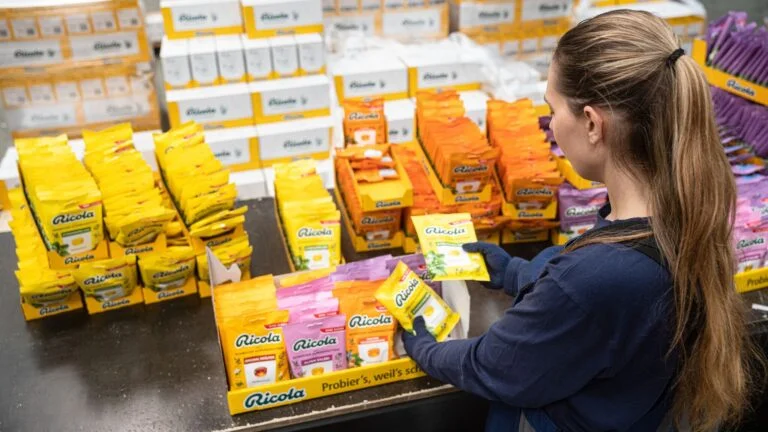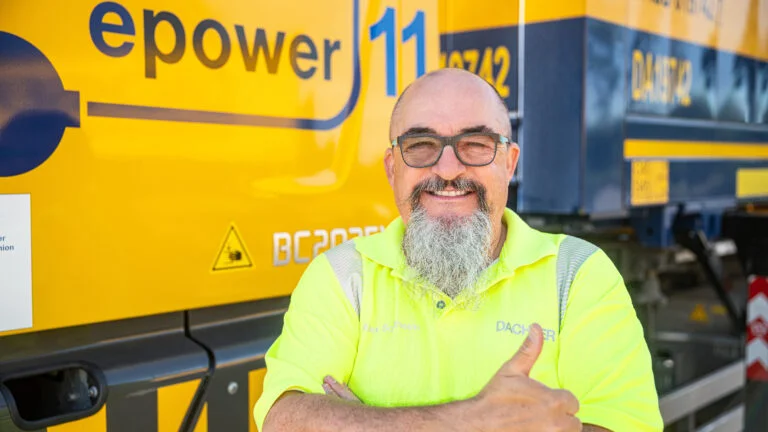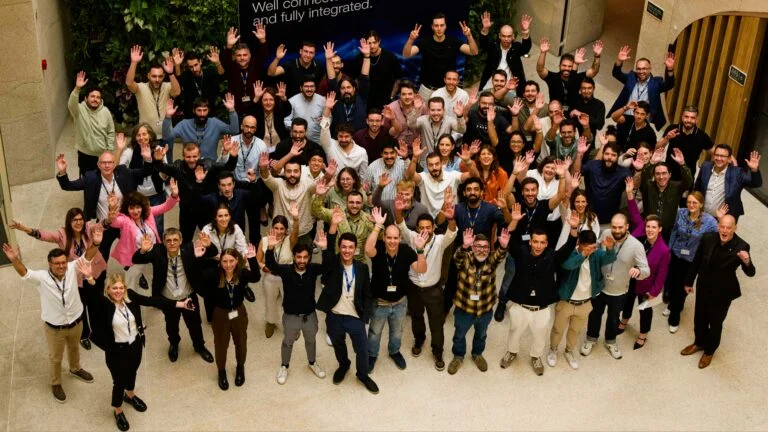Hazardous materials warehouse: Flexibility wins out
By Marcus Schick I 4 minute read
24/10/2025
Volatile markets and high regulatory hurdles call for new solutions in the storage of hazardous materials—solutions that are flexible, close to the customer, and can deliver maximum safety. In Rastatt, Dachser’s Karlsruhe logistics center is now putting another facility into operation that is geared toward the future and sustainable growth.
Quick Read
The chemical industry is under pressure, the markets are tense, regulatory requirements are rising, and sustainable logistics solutions are becoming mandatory. Amid all the uncertainty, and when many companies are pausing and postponing investments, Dachser is commissioning a new, state-of-the-art hazardous materials warehouse in Rastatt, Germany. This facility is not tailored to just one customer, but to many customers across many industries. And to the future.
Dr. Markus Steilemann, President of the German Chemical Industry Association (VCI), recently announced at the association’s half-year press conference that this future is slowly picking up speed again after a long dry spell. As a result, the industry is expecting an initial, noticeable recovery in early 2026. So should companies wait and see what happens, and only then build up and expand their capacity? “We’re not building a warehouse for today; we’re building one for customers whose needs will increase tomorrow, and whose needs might even look completely different,” says Michael Kriegel, Department Head of DACHSER Chem Logistics.
“Hazardous materials warehouses aren’t built for short-term needs, but for requirements that are here to stay. We didn’t improvise in Rastatt; we made our plans with an eye on the long term,” says Bernd Großmann, General Manager of Dachser’s Karlsruhe logistics center. The center already operates two other hazardous materials warehouses at the Malsch location. However, the new facility is not just any building, but a property precisely tailored to Dachser’s needs—“built to suit,” as the jargon puts it. “Its design and equipment are the result of more than 20 years of experience with solutions made specifically for the chemical industry,” Kriegel explains.
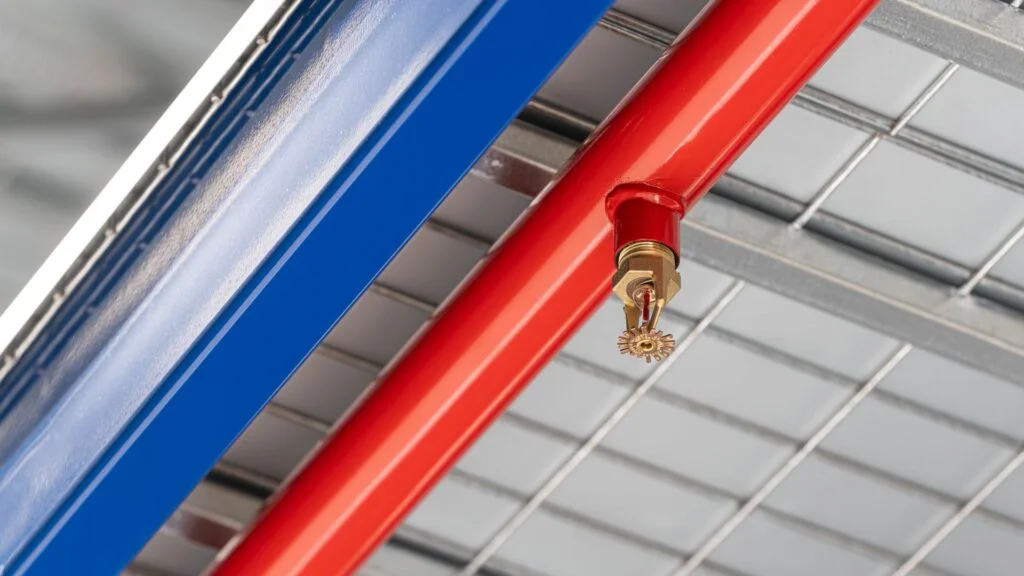
Technology that creates versatility
The new warehouse in Rastatt occupies 23,500 m2 and offers space for 42,000 pallets. It has 5 fire zones, 32 gates, and a terminal that’s more than 12 meters high. The warehouse’s technology is based on the highest standards: an FM-certified sprinkler system in all shelving areas with a surfactant admixture that enhances the extinguishing effect, heat-resistant floor panels (heat sink plates) on all shelving levels, smoke aspiration systems, firewater containment, grating on the side walls, and many other features.
“But the decisive factor is really the versatility of use,” Kriegel says. “The way the warehouse is structured allows us to store a wide range of hazardous materials classes—from conventional chemicals to products that lie outside the chemical industry.” For example, the Karlsruhe logistics center in Malsch and Rastatt is increasingly focusing on the storage of lithium-ion batteries, which require special safety standards due to their ability to self-ignite. “We’ve made sure that all areas in Rastatt have systematic and complete protection so that we can respond to all customer inquiries with maximum flexibility. This means there’ll be no need for retrofitting—because we’ll always be able to meet the standard appropriate for a given product.”
From its base in Kempten, Dachser’s central dangerous goods management team provides support to all branches in the network. It standardizes processes, advises on construction and storage projects, trains the dangerous goods officers on storage and transport, updates guidelines and transport bans, and ensures knowledge transfer and compliance through specialist forums, quarterly information reports, and ongoing exchange with external experts.
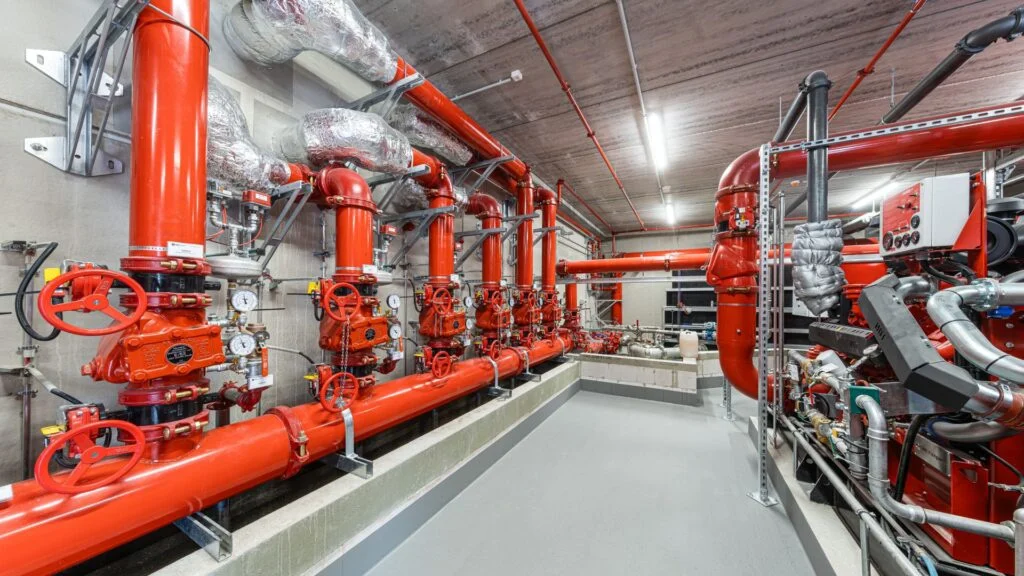
The warehouse might be new, but in terms of expertise we’ll be hitting the ground running. Recruitment, training, collaboration with the fire department — everything has been prepared.
Built for the future with sustainability
There’s no doubt that the future will demand sustainable economic activity and the corresponding obligations for verifying that sustainability. This applies also—and especially—to the logistics industry. The new warehouse in Rastatt is a particularly good example of this: It’s the first hazardous materials warehouse in the Dachser network that can operate without fossil fuels. The combination of a photovoltaic system, heat pump, and electric panel heating ensures greenhouse gas-free operation—and all based on 100% green electricity. “Sustainability can’t be an afterthought—it has to be built in right from the start,” Großmann says. “Expectations of climate action are increasing, including for logistics partners. Rastatt is already providing a credible answer to this problem today.”
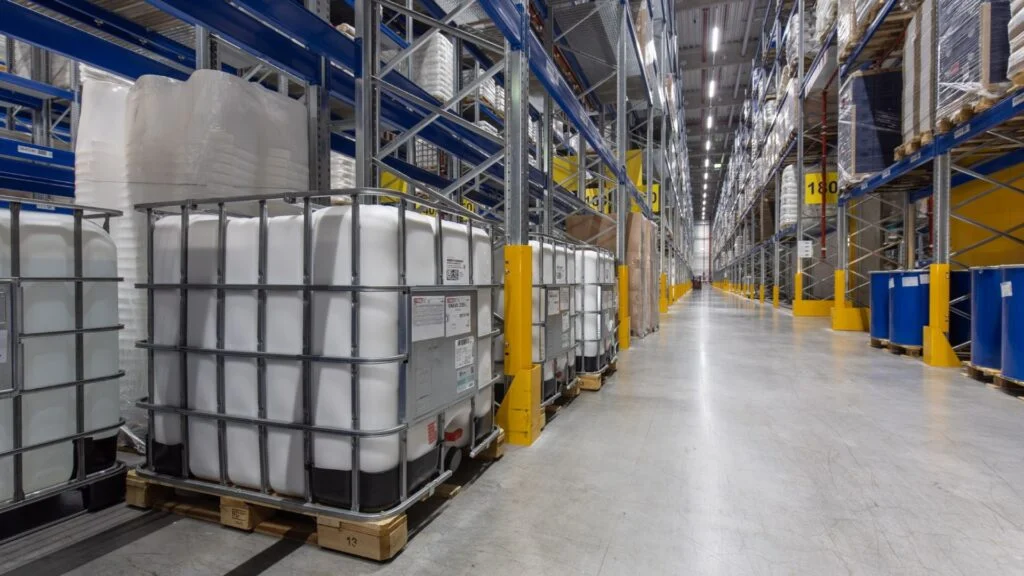
A focus on people – from day one
A warehouse is only as good as the team that runs it. In Rastatt, Dachser has relied on a combination of experience and development from the get-go: The new team will be formed around an experienced core group from the Karlsruhe logistics center. “This ensures full hazardous materials experience from the first day of operation. The warehouse might be new, but in terms of expertise we’ll be hitting the ground running,” Großmann says. The training of new specialists plays a central role in this. “Dachser is known in the region as a reliable employer and a committed training company. Recruitment, training, collaboration with the fire department—everything has been prepared,” he says. “In this way, our location has set a clear course for the future.”

